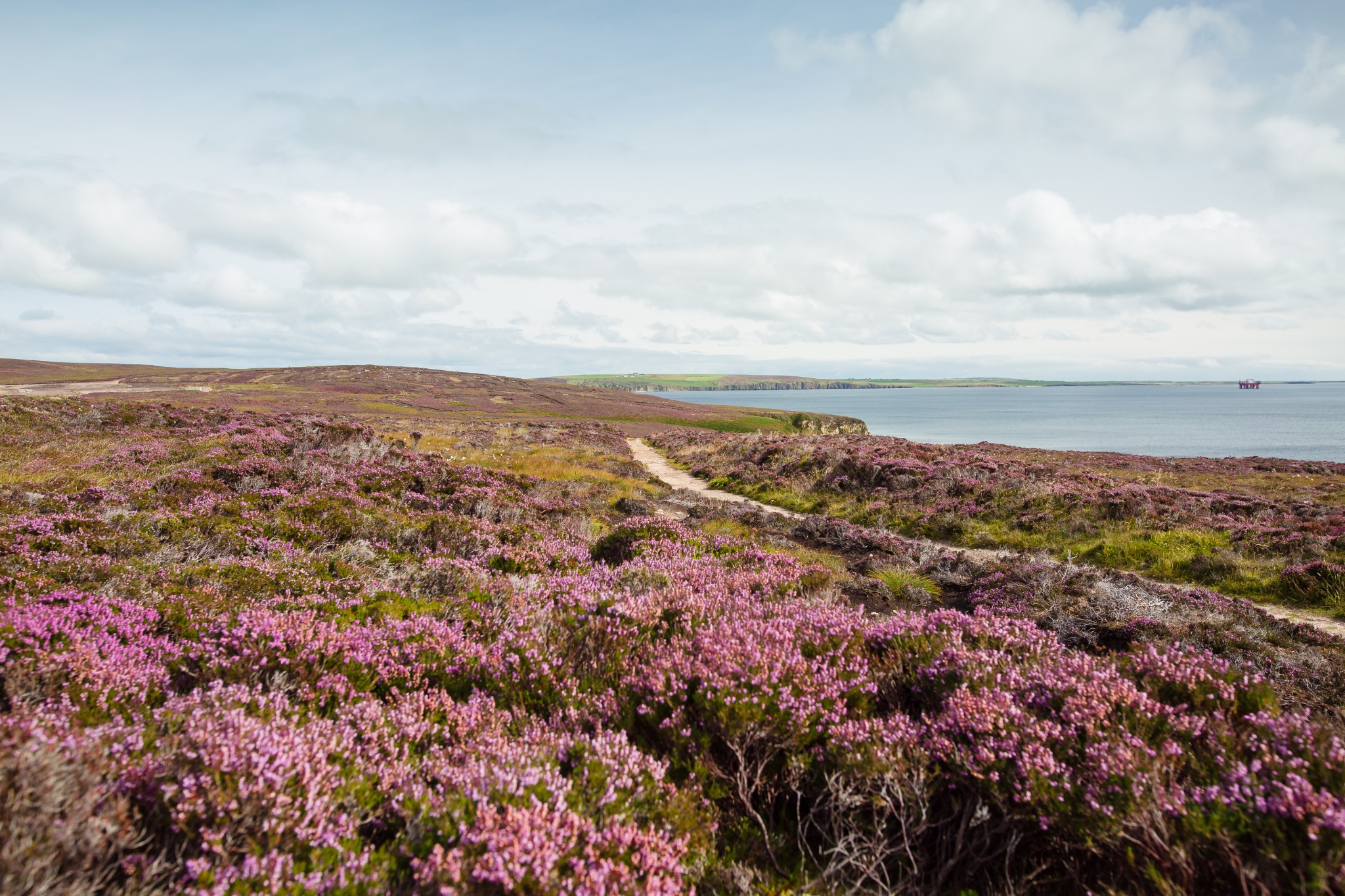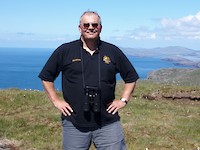A friend fae sooth phoned to ask if the Holms in Stromness were still for sale.
I had to disappoint him with the news they had sold recently. ‘Ah, well, it was a nice dream while it lasted,’ he said.
I told him I had had the same dream – of living on a Scottish island – for 60 years but that, now I’m here, I’ve woken up. The dream is over, I’m awake now. ‘Living the dream’ is a cliché people use to describe a sort of utopian existence; it means they have achieved the lifestyle they have been working towards, but be careful what you wish for. When it becomes real it is no longer a dream. In a waking dream (which is usually the kind of dream being referred to here) you can change details at will. In my dream the island would be different every day, the dwelling, the planned activities, my occupation all changed upon a whim. Now I am in the same place, in the same house, on the same island every day. The view when I open the curtains each morning has not changed from the night before (apart from the sky of course).

Let me be clear, I love it. I am not complaining or disappointed, just making the point that one must move on from the dream to a life that enjoys and appreciates all the things that are real. I’m collecting some short video clips around Orkney I can use to promote my new book on-line later this year; so one day in February I went out with my camera. The weather was blowy so not the best day, still I had a few ideas and stored them up for when it’s calmer.
The roads had been cleared after recent snow blizzards, thanks to the council workers, community minded folk with tractors, and the rain, but huge drifts persisted along the dykes of Germiston Road between Orphir and Stenness. Snow is rare in Orkney but these drifts showed what life could be like were we to lose the Gulf Stream – a very real possibility if global warming isn’t taken more seriously. Some folk complain (brag?) about Orkney’s weather but they wouldn’t like the cabin fever that comes with Canada’s winter should it come here.

The Ring of Brodgar was in its usual place. When first spotted on the low rise above the road, as I approach from the south, the stones can seem tiny. They always appear to me like bristles, as though the hill forgot to shave that morning. For all that this is my favourite view; this is when they show their age and their permanence in the landscape – their Neolithnicity. The loch was still frozen and a hundred mute swans were not the least bit socially distanced on one of the few bits of open water, just below the Historic Environment cotland car park.
The back road to Yesnaby passes close to the north shore of Stenness Loch and always repays the traveller. The view across to Stenness is wide and deep. It was an early spring day and the blue water told me I could only be in Orkney. In February the land colours were muted but, close by, was a raft of wigeon supervised by more swans. Two wind turbines were spinning wildly so everyone was enjoying green electricity. Tufted duck, goldeneye and long-tailed ducks complete the plumage palette, with a couple of mergansers thrown in.
Yesnaby is a dramatic, forbidding place; the high cliffs and sheer drops are not to be trifled with, especially in high winds. They do, however, act as a magnet for people with cameras trying to catch the definitive weather shot. The wind was not powering dramatic waves but fine spray was rising vertically, 100 feet, from the sea below. In summer people come to spot the rare Primula scotica (Scottish primrose) on the maritime heath a few yards to landward. So loved is this tiny plant that most people know it by it Latin name. Nearby is Forswell, another of Orkney’s abandoned homes. Deserted in 1973 there are just enough of these houses to remind us of lives lived; but not so many we feel desolate.

I have a painting of two curlews by Orkney artist, Tim Wootton, on my wall. Tim told me they return to Yesnaby to breed each year. I hope they still do. Curlews (Numenius arquata) throughout the UK are fighting a losing battle with agricultural practices and other factors not fully understood. At bedtime that night, when Dog and I walked our walk to where the village streetlights end – The Edge of Darkness we call it – I craned my neck to look as deeply into the universe as I could. The moon was just past new. Numenius comes from the Greek, via Latin: Neos = new; mene = moon. The curlews bill obviously reminded someone of the early waxing moon.
 Richard writes regularly for Scottish Islands Explorer. His first book: 'Scotland’s Islands – A Special Kind of Freedom' was published in 2014. 'Orkney – A Special Place' appeared in 2017 and 'Orkney – A Special Way of Life' is due on 21 June 2021. The books are published by Luath Press, Edinburgh.
Richard writes regularly for Scottish Islands Explorer. His first book: 'Scotland’s Islands – A Special Kind of Freedom' was published in 2014. 'Orkney – A Special Place' appeared in 2017 and 'Orkney – A Special Way of Life' is due on 21 June 2021. The books are published by Luath Press, Edinburgh.